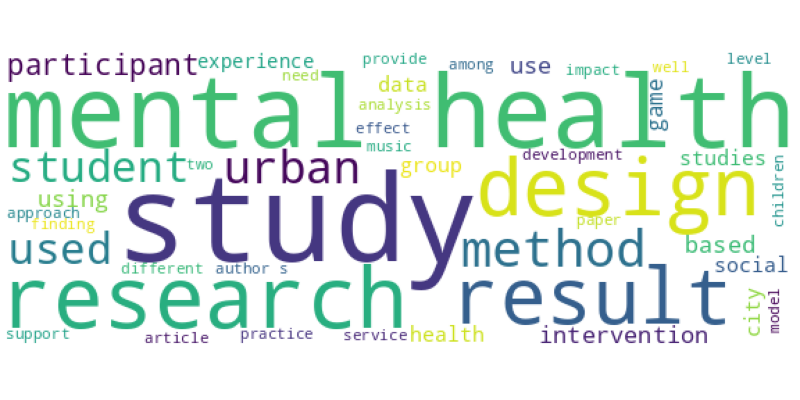| Id | 2814 | |
| Author | Ma N.; Hakkarainen M.; Hou M.; Aviv D.; Braham W.W. | |
| Title | Impacts of building envelope design on indoor ozone exposures and health risks in urban environments | |
| Reference | Ma N.; Hakkarainen M.; Hou M.; Aviv D.; Braham W.W. Impacts of building envelope design on indoor ozone exposures and health risks in urban environments,Indoor and Built Environment 31 10 |
|
| Link to article | https://www.scopus.com/inward/record.uri?eid=2-s2.0-85133625367&doi=10.1177%2f1420326X221112010&partnerID=40&md5=927066ccafa922d54ca1ecf40cb38bd1 |
|
| Abstract | Much of human exposure to ozone takes place indoors. However, few studies have focused on human ozone exposures in normally occupied residential houses in the U.S. urban environments. Only rare studies have explored the implication of building envelope design variables on outdoor ozone penetration. Our study reveals the extent to which outdoor ozone penetrates and persists in the occupied houses in one of the most ozone-polluted cities, as influenced by building characteristics, building geometry, envelope design variables, window conditions and urban meteorology conditions. Through a set of analysis and variable regressions, we found that (1) the ratios of indoor to outdoor ozone concentration (I/O) were higher with windows open (0.700 ± 0.13) than with the windows closed (0.53 ± 0.22); (2) the indoor ozone concentration is typically elevated when the outdoor ozone concentration is high; and (3) design variables such as exterior envelope finishes, wall surface area and window-to-wall ratio are reasonably effective predictors. Our results of health risk evaluation suggest that the observed levels of indoor ozone exposure could pose a considerable risk to human health. Further work is needed to discover how building envelopes can be designed, constructed and maintained to support occupant health. © The Author(s) 2022. |
|
| Keywords | ozone; air pollution; ambient air; Article; controlled study; dosimetry; environmental exposure; environmental factor; forced vital capacity; geometry; health hazard; humidity; hydrodistillation; life expectancy; machine learning; meteorology; municipal solid waste; nonhuman; oxidative stress; particulate matter; quality control; relative humidity; skinfold thickness; solar radiation; surface area; urban area |
Wordcloud:



